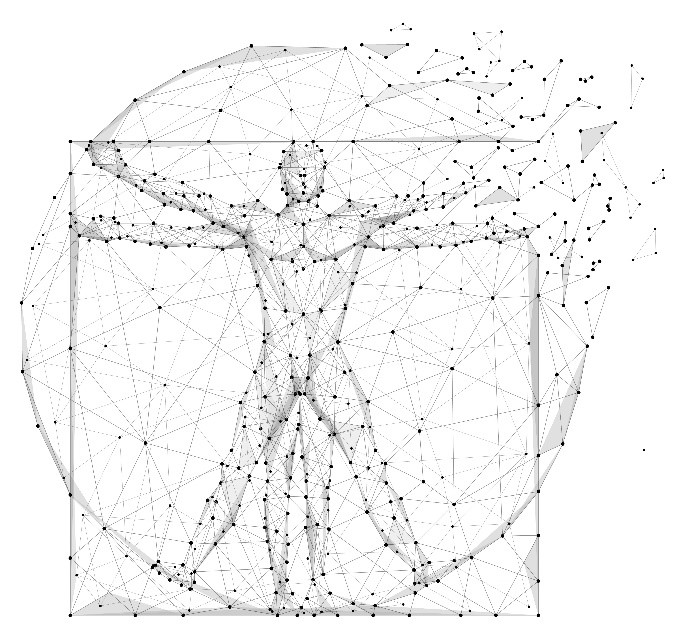Written by Philip Boucher,

Technology and the arts are generally considered as distinct sectors of contemporary society, albeit with some important links akin to those between commercial, industrial and legal sectors. However, technology and the arts have a long and special relationship that permeates all stages of human development. Indeed, this relationship is invoked with every mention of the word technology, which has its origins in the Ancient Greek tékhnē, meaning art.
From the first paintings to the production of musical instruments and contemporary cinema, art as we know it would be simply impossible without recourse to humanity’s historical cache of technology development. Throughout history and modernity, technologies from ink, paper and glass to cameras, microphones and computers have enabled new forms of art. Without them, it is would be impossible to realise the paintings, ornaments, photography, cinema and contemporary digital works that fill our museums and galleries. Looking at art in this way invites a key question: How does technology development enable new dimensions of artistic endeavour?
The reverse of this relationship is also important, with the arts driving innovation and generating substantial demand for technology products. In the course of their work, artists often develop new techniques and push the boundaries of the imagination in ways that can provoke new directions in technology development. Wider activities in the arts – from restoring ancient works to producing stunning visual graphics and immersive environments – also generate substantial demand for innovation. One may also see demand for technology in the consumption of art, notably in audio-visual equipment and content. Looking at technology in this way invites a second key question: How do artistic endeavours enable new dimensions of technology development?
The two questions reveal different aspects of the same deep synergetic relationship between technology and the arts. They support each other, and the outcomes are valuable for artists and technologists while also providing wider social, cultural and economic benefits. This invites a third key question: How could the synergetic relationship between technology and the arts be optimised to maximise its benefits?
In this context, STOA recently launched two studies to examine the past, present and future of the synergetic relationship between technology and the arts. Each study sought to answer all three questions. The study conducted by Artshare reviews historical developments, from cave paintings to photography, while the study conducted by Nesta focuses on the digital era. Both studies suggest policy options that could help optimise the relationship and maximise its beneficial outcomes. A STOA Option Brief, combines and further develops these options, and includes a range of options for policy action to promote art and technology activities independently, promote crossovers and collaborations between the two sectors, further understand and develop their synergies, and target skills development that span art and technology.
Your opinion counts for us. To let us know what you think, get in touch via stoa@europarl.europa.eu.








Be the first to write a comment.